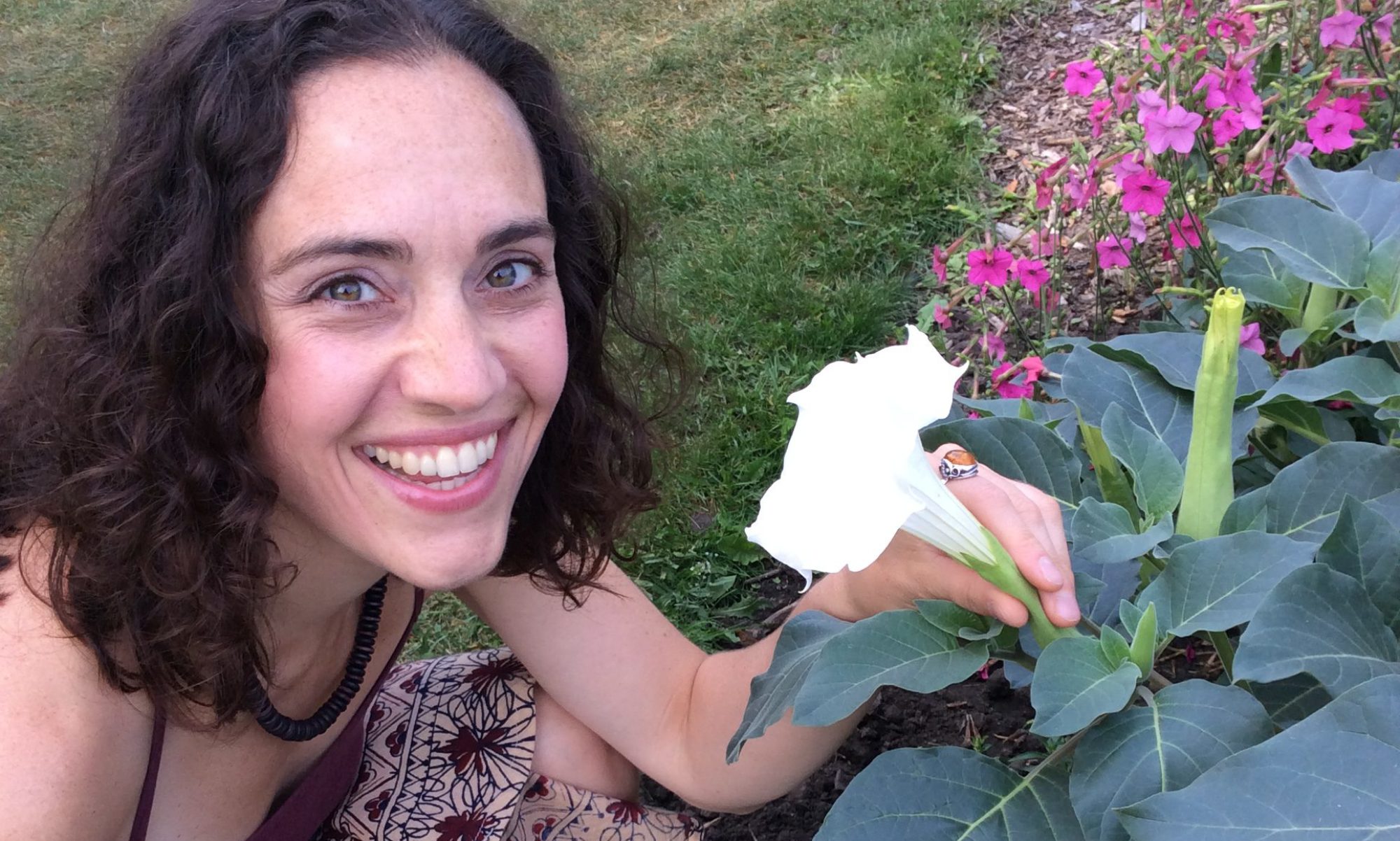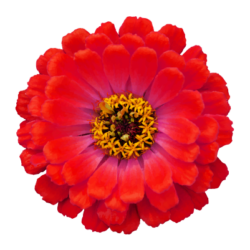What is Reflexology?
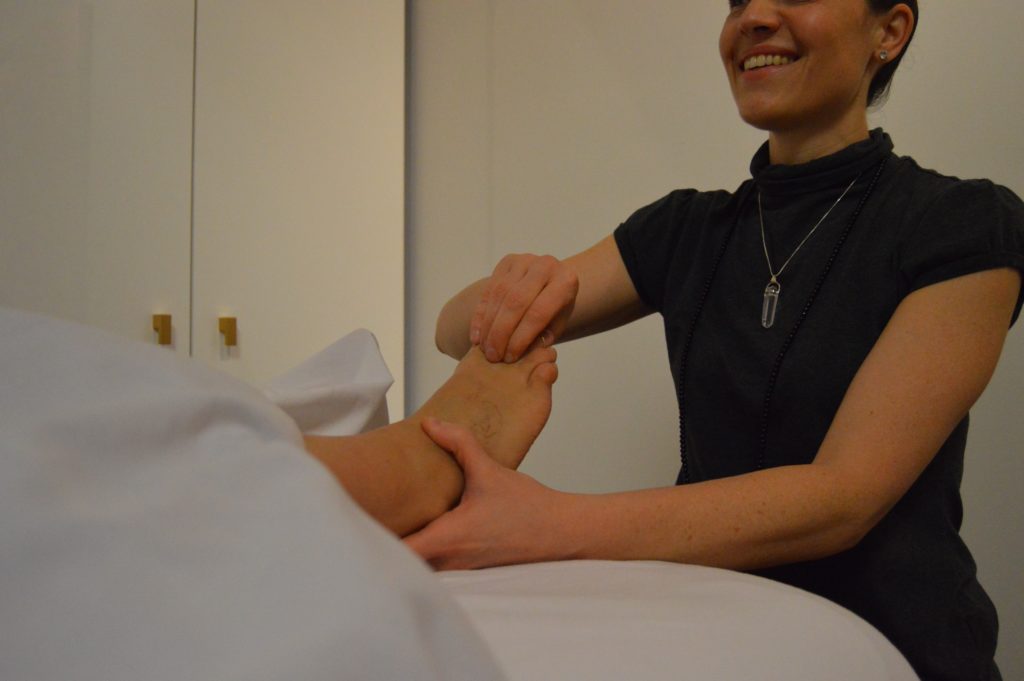
Reflexology is an age-old practice thought to date back to ancient Egypt, as is illustrated by inscriptions on the physician’s tomb. The Zone Theory, developed by two American medical doctors, Dr. William H. Fitzgerald and Dr. Edwin Bowers, was the forerunner to the practice of reflexology as we know it today. According to Zone Theory, pressure applied to zones that correspond to particular parts of the body works to relieve pain. Another American doctor, Dr. Shelby Riley, worked jointly with Dr. Fitzgerald to further develop the concepts of Zone Theory and finally, the exact practice of reflexology was established by a physical therapist, Eunice D. Ingham, who worked closely with Dr. Riley. In 1938, Ingham had her first book published: Stories The Feet Can Tell, in which she documented several successful case studies and presented her organized blueprint for the reflexes on the feet that presently functions as a reference point for reflexologists around the world.
Reflexology is a practice whereby reflex points found on the hands and feet 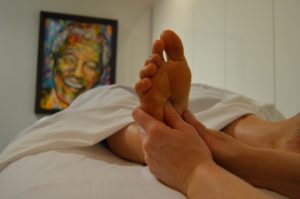 are stimulated, activating corresponding organs, systems, glands or body parts in turn. In the practice of acupuncture, the lines of vital energy that run throughout the body are referred to as “meridians”, while in the practice of reflexology, these are known as “zones”. Both practices discern that illness or “dis-ease” is caused by congestion in these vital energy lines, and both indicate similar treatment to rid the body of such congestion: stimulating various points along the energy lines. Reflexology, in particular, focuses on reflex areas, that could also be thought of as portions of the meridians, as found on the feet and hands, and stimulates these points by exact massage techniques. By relieving the body of congestion through the practice of reflexology, energy is able to flow more effectively and the body moves towards a healthy state of balance.
are stimulated, activating corresponding organs, systems, glands or body parts in turn. In the practice of acupuncture, the lines of vital energy that run throughout the body are referred to as “meridians”, while in the practice of reflexology, these are known as “zones”. Both practices discern that illness or “dis-ease” is caused by congestion in these vital energy lines, and both indicate similar treatment to rid the body of such congestion: stimulating various points along the energy lines. Reflexology, in particular, focuses on reflex areas, that could also be thought of as portions of the meridians, as found on the feet and hands, and stimulates these points by exact massage techniques. By relieving the body of congestion through the practice of reflexology, energy is able to flow more effectively and the body moves towards a healthy state of balance.
A January/February, 2000, issue of Oncology Nursing Forum found that “patients with breast and lung cancer experienced a significant decrease in anxiety [and pain]” following treatments of foot reflexology. In March, 2002, the European Journal Of Oncology Nursing published an article outlining the results of 34 patients receiving palliative care who pursued 4-6 sessions of reflexology. These patients “identified relaxation, relief from tension and anxiety, feelings of comfort and improved well-being as beneficial effects of their course of reflexology.”
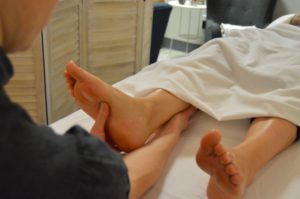 Personally, I have been witness to reflexology successfully resolving or greatly improving constipation, symptoms of pregnancy like sore lower back and hips, indigestion, heart burn, nausea and other digestive discomforts, menstrual cramps, edema, acute joint pain, sciatic pain, sluggish and sore kidneys, incontinence, hormonal imbalance and difficulty conceiving, asthma, headaches and migraines, sinusitis, tooth and jaw pain (including teething pain in infants and children) prostate difficulties, menstrual problems, colic and sleep disturbances. Reflexology improves circulation, relieves inflammation and assists any detoxification program.
Personally, I have been witness to reflexology successfully resolving or greatly improving constipation, symptoms of pregnancy like sore lower back and hips, indigestion, heart burn, nausea and other digestive discomforts, menstrual cramps, edema, acute joint pain, sciatic pain, sluggish and sore kidneys, incontinence, hormonal imbalance and difficulty conceiving, asthma, headaches and migraines, sinusitis, tooth and jaw pain (including teething pain in infants and children) prostate difficulties, menstrual problems, colic and sleep disturbances. Reflexology improves circulation, relieves inflammation and assists any detoxification program.
As a bonus, reflexology is very relaxing – a wonderful, in-depth foot massage. I encourage you to try reflexology for yourself. I challenge you to come out on the other end of a session not feeling more relaxed and your body not performing more optimally and harmoniously.
